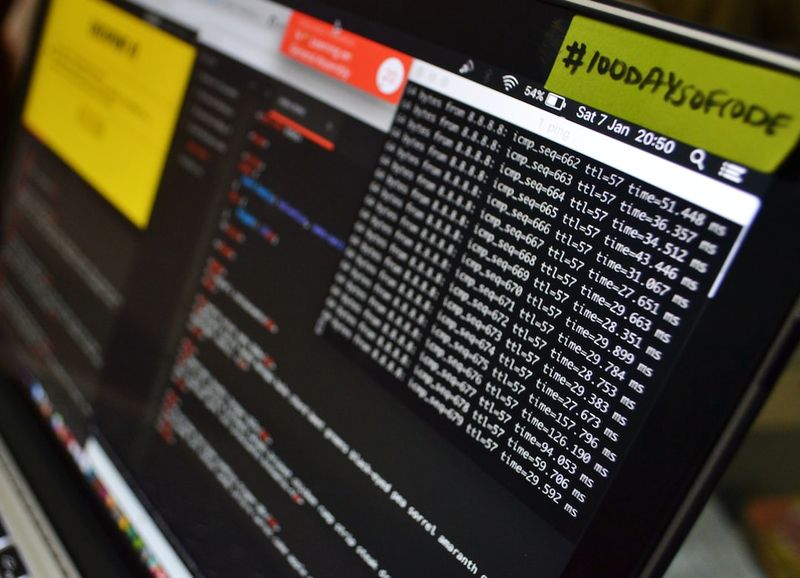In a significant development for internet security, computer scientists at the Department of Energy’s Pacific Northwest National Laboratory have developed a more effective method for detecting denial-of-service attacks. This new technique improves detection by an impressive 90 percent compared to current methods. Denial-of-service attacks involve perpetrators overwhelming a website with requests, with motives ranging from ransom demands to disrupting businesses or users. Traditional detection methods rely on a threshold, where an increase in the number of users trying to access a site above a certain number triggers defensive measures. However, this approach can lead to false alarms and leave systems vulnerable.
### A Flawed Approach: The Problem with Thresholds
Relying on a static threshold to detect denial-of-service attacks can be problematic. Omer Subasi, a scientist at Pacific Northwest National Laboratory, explains that thresholds provide limited insight into a system’s actual state, making it easy to miss real attacks. Moreover, thresholds can generate false positives, leading defenders to take a website offline and halting legitimate traffic. The challenge lies in distinguishing between harmful attacks and harmless events that cause traffic surges, such as during popular events like the Super Bowl.
### Tracking Disorder: A New Approach
To address these limitations, the team at Pacific Northwest National Laboratory focused on the concept of entropy, a measure of disorder in a system. They observed that during a denial-of-service attack, there is a mismatch in entropy measures. While there is low entropy at the target address due to an unusually high volume of clicks, the sources of those clicks, such as people, zombies, or bots, originate from various places, resulting in high entropy. By analyzing these entropy patterns, the researchers were able to detect denial-of-service attacks with 99 percent accuracy.
### The Power of Tsallis Entropy
In addition to considering evolving entropy levels, the team explored alternative options for calculating entropy. Traditionally, denial-of-service detection algorithms rely on Shannon entropy. However, the researchers found that a formula known as Tsallis entropy provides more accurate results. The Tsallis formula amplifies differences in entropy rates, making it highly sensitive to changes and enabling the differentiation between legitimate flash events and attacks. This heightened sensitivity allows for more effective detection and reduces the occurrence of false alarms.
### Lightweight Automation: A Practical Solution
The researchers emphasize the lightweight nature of their program, stating that it does not require significant computing power or network resources to function. Unlike machine learning and artificial intelligence-based solutions, which also avoid thresholds but require extensive training data, this approach offers a more practical and efficient solution. The algorithm developed by the team at Pacific Northwest National Laboratory automates the detection process, eliminating the need for constant human oversight.
### Future Considerations: 5G Networking and the Internet of Things
Looking ahead, the researchers are investigating the impact of the proliferation of 5G networking and the internet of things (IoT) on denial-of-service attacks. As more devices and systems become connected to the internet, new opportunities for malicious attacks arise. With the increasing integration of devices like home security systems, sensors, and scientific instruments into networks, it becomes increasingly crucial to enhance security measures and thwart potential attacks.
### Conclusion: Strengthening Internet Security
The development of this improved method for detecting denial-of-service attacks represents a significant advancement in internet security. By shifting away from simplistic thresholds and focusing on entropy analysis, the researchers at Pacific Northwest National Laboratory have achieved an impressive 90 percent improvement in detection accuracy. This innovation has the potential to enhance the resilience of websites and protect businesses and individuals from the disruptive effects of denial-of-service attacks. As the internet continues to expand and evolve, it is imperative to prioritize cybersecurity measures and develop innovative solutions to safeguard against increasingly sophisticated threats.

<< photo by Lewis Kang’ethe Ngugi >>
The image is for illustrative purposes only and does not depict the actual situation.
You might want to read !
- The Great Data Breach of our Time: Exposing the Vulnerabilities We Can No Longer Ignore
- Unmasking the Veil: Investigating the DDoS Rampage of Hacktivist Group ‘Mysterious Team Bangladesh’
- CISA Raises Concerns About UEFI Security in Exclusive Report
- Astrix Security Secures $25M in Series A Funding to Bolster Cyber Defense Solutions
- LAPD Introduces Innovative Solutions to Curb Catalytic Converter Theft




